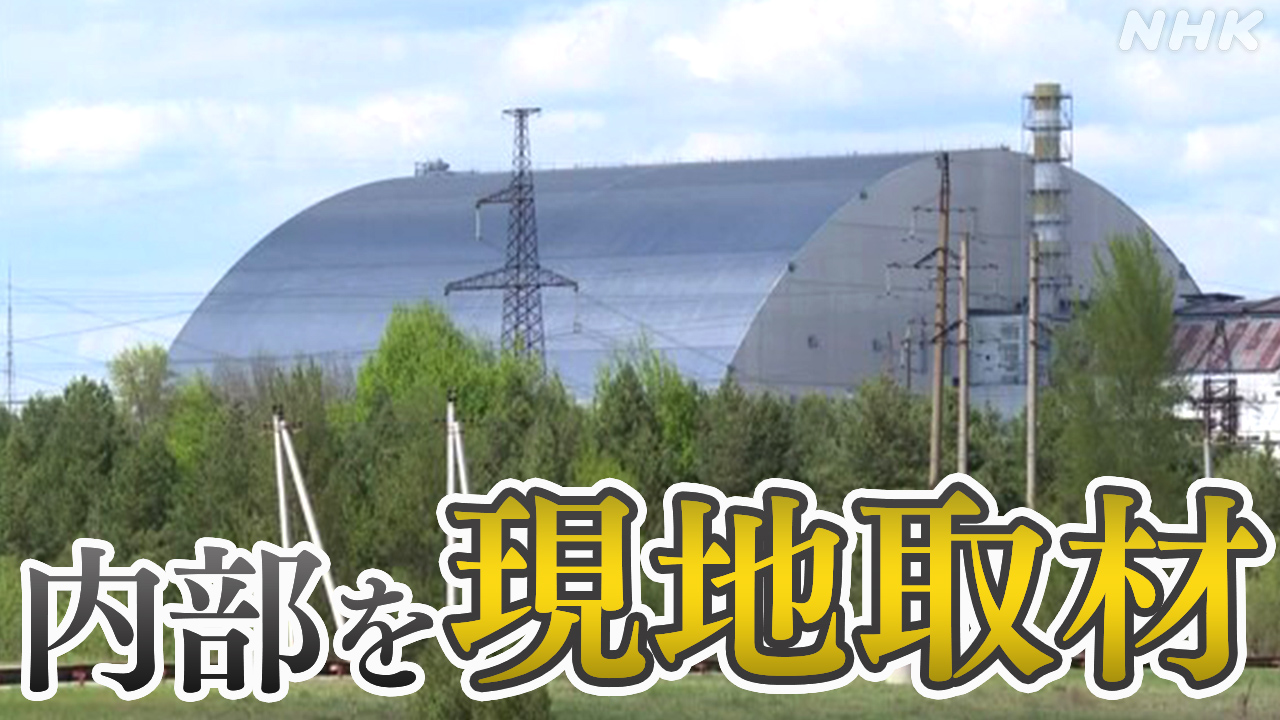The Lingering Shadow: Assessing the Long-Term Impact of Russia's Attack on Chernobyl's Shelter
The world watched in horror as Russia's invasion of Ukraine unfolded, but the ramifications extended far beyond the immediate conflict. The attack on the Chernobyl Exclusion Zone, and specifically the damage inflicted upon the shelter encasing the destroyed reactor, sent shockwaves through the international community, raising profound concerns about the long-term consequences for environmental safety and global health. This article explores the multifaceted impact of this reckless act.
A Breach of Nuclear Safety: Immediate and Short-Term Impacts
The initial assault on the Chernobyl Nuclear Power Plant (ChNPP) caused widespread fear of a catastrophic release of radioactive materials. While a significant breach wasn't immediately reported, the disruption to power supplies jeopardized the crucial cooling systems for the spent nuclear fuel stored on-site. This raised the very real possibility of a meltdown, potentially dwarfing the 1986 disaster.
- Disruption of Monitoring Systems: The fighting severely hampered the monitoring of radiation levels, creating uncertainty and hindering the ability to assess the true extent of the damage. The lack of reliable data fueled global anxiety.
- Displacement of Personnel: The evacuation of staff responsible for maintaining the site's safety and security further exacerbated the risks, leaving the fragile infrastructure vulnerable.
- Damage to Physical Infrastructure: Reports of damaged equipment and physical damage to the shelter itself introduced the risk of increased radioactive dust dispersal.
The Psychological Impact: Fear and Uncertainty
Beyond the tangible threats, the attack unleashed a wave of fear and uncertainty, particularly amongst those living near the Exclusion Zone. The psychological toll on both the displaced population and the workers tasked with maintaining the site should not be underestimated.
Long-Term Environmental and Health Concerns
The long-term impacts of the attack remain a significant cause for concern. Even without a major radiation release, the disruption and damage caused by the conflict could have lasting repercussions.
- Soil Contamination: The fighting may have disturbed contaminated soil, leading to increased airborne radiation in the surrounding areas.
- Water Contamination: Damage to infrastructure could have contaminated water sources, posing long-term health risks to both humans and wildlife.
- Wildlife Impact: The disruption and presence of military equipment within the Exclusion Zone could have long-term consequences for the unique wildlife that has thrived there.
- Increased Cancer Risks: Exposure to radiation, even at low levels, increases the risk of various cancers. Monitoring the long-term health consequences of the attack is crucial.
The International Response and Future Mitigation
The attack highlighted the vulnerability of nuclear facilities during armed conflict and underscored the need for enhanced international safeguards. The IAEA (International Atomic Energy Agency) played a vital role in monitoring the situation and providing technical assistance. However, longer-term solutions are essential:
- Improved Security Measures: Investing in robust security measures at nuclear facilities worldwide is paramount to prevent similar incidents.
- International Cooperation: Strengthening international cooperation and agreements concerning the protection of nuclear facilities during conflict is vital.
- Continued Monitoring: Long-term monitoring of radiation levels and health outcomes in the affected areas is crucial for assessing the full extent of the impact.
Conclusion: A Stark Reminder of Nuclear Risks
Russia's attack on the Chernobyl shelter serves as a stark reminder of the potentially catastrophic consequences of military actions near nuclear facilities. The long-term impacts of this act remain to be fully understood, but it underscores the critical need for enhanced international cooperation, improved security measures, and continued vigilance in protecting these vital sites. The world must learn from this incident to prevent future catastrophes.
Further Reading:
- [Link to IAEA report on Chernobyl]
- [Link to relevant scientific article on radiation effects]
- [Link to news articles on the aftermath of the attack]
Keywords: Chernobyl, Russia, Ukraine, Nuclear Power Plant, Radiation, Nuclear Safety, International Atomic Energy Agency (IAEA), Environmental Impact, Health Concerns, War, Conflict, Security
This article aims to provide accurate information. However, the situation is constantly evolving, and it is advisable to consult official sources for the latest updates.
